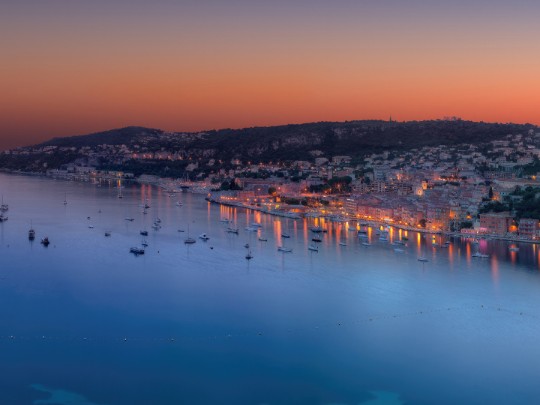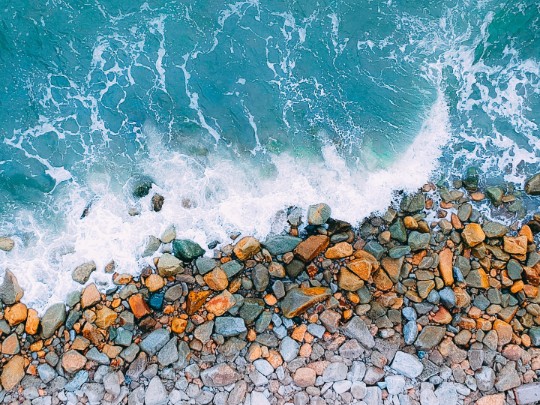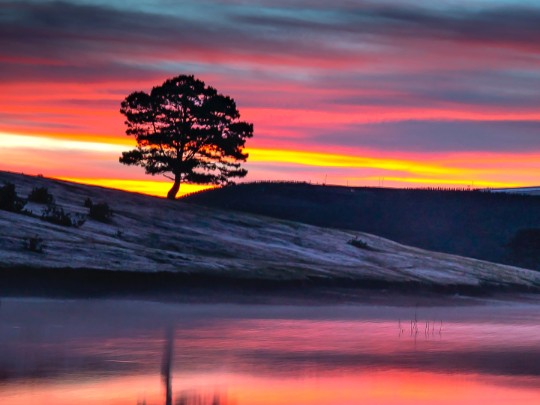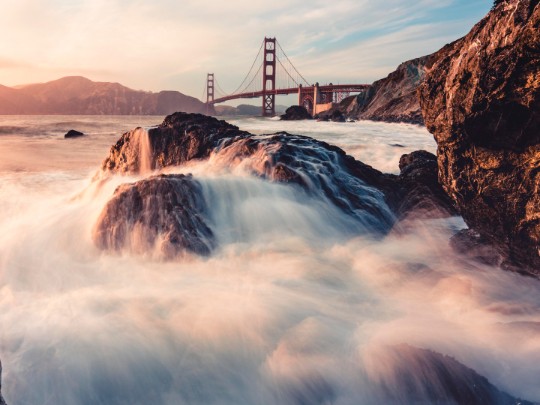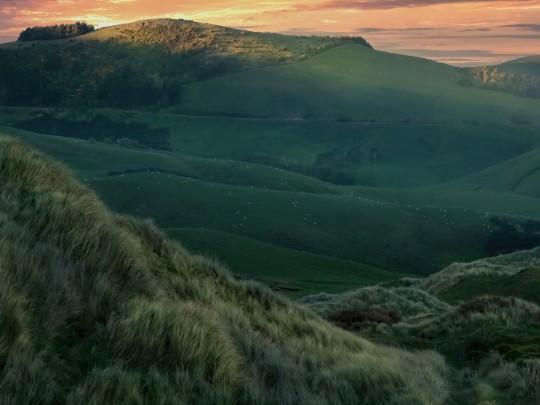Coastal Wonders: How Unique Plants Thrive Where Land Meets Sea
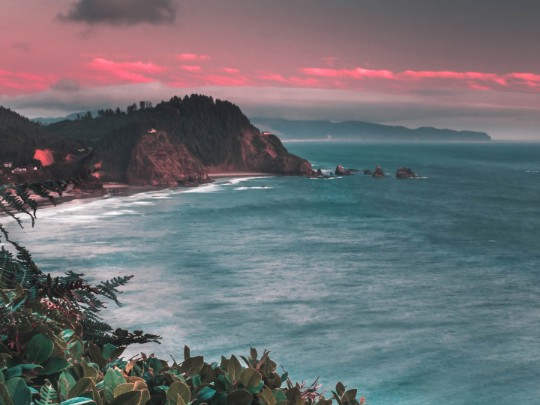
The coastline – where the land embraces the sea – is a breathtakingly dynamic and beautiful environment. But beyond the sandy beaches and crashing waves lies a hidden treasure: the remarkable vegetation that has learned to not just survive, but flourish, in these harsh conditions. These aren't your ordinary plants; they're survivors, sculpted by the relentless forces of nature.
Adaptations to a Challenging World
Coastal plants face a unique set of challenges. Constant salt spray, powerful winds, shifting dunes, and fluctuating water levels demand incredible resilience. Over generations, they’ve developed extraordinary adaptations. Think of the hardy dune grasses, their roots acting as natural anchors, stabilizing the shoreline against erosion. Then there are the salt-tolerant shrubs and trees, able to draw sustenance from a saline environment. The diversity is astonishing!
A World of Coastal Habitats
The specific types of coastal vegetation you'll encounter depend heavily on factors like climate, the underlying geology, and the intensity of wave action. Take mangrove forests, for example. Found in tropical regions, these vital ecosystems provide crucial habitat for countless species and act as a natural barrier against coastal erosion, absorbing wave energy and protecting inland areas. In more temperate zones, salt marshes play a vital role, filtering pollutants and serving as essential nurseries for many marine creatures.
Even seemingly barren rocky coastlines harbor surprising plant communities. Plants like sea thrift (Armeria maritima) and bladderwrack (Fucus vesiculosus) have evolved to cling to crevices, extracting nutrients from the rock and weathering the constant exposure to the elements. These tenacious plants demonstrate the incredible adaptability of life.
Why Coastal Vegetation Matters
The health of coastal vegetation is a powerful indicator of the overall health of the entire ecosystem. These plants aren't just pretty to look at; they're integral to a complex web of life. Protecting these areas from human disturbance – pollution, development, and unsustainable practices – and mitigating the impacts of climate change is absolutely essential. We must safeguard biodiversity and ensure the long-term resilience of our coastlines.
The intricate relationship between land, sea, and the plants that thrive in this unique interface is a profound testament to the power and beauty of nature. Let's appreciate and protect these coastal wonders for generations to come.

